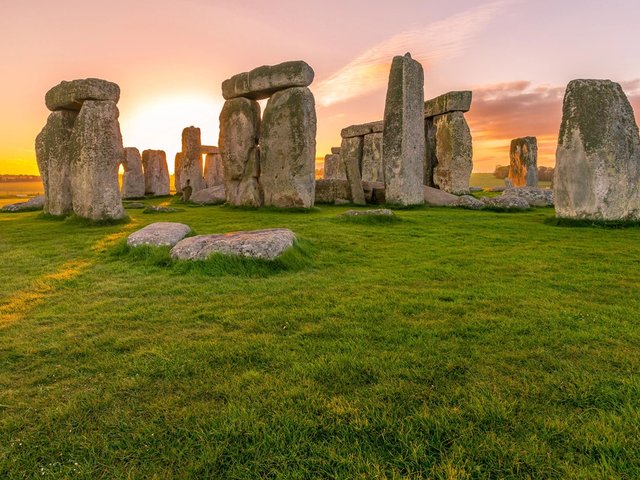Archaeologists, ecologists, engineers and conservation experts from English Heritage have been toiling over Wigmore Castle in Herefordshire for three years at a cost of almost £1 million. However, visitors to the recently re-opened medieval ruin will find no visible evidence of their work.
The Wigmore Castle project represents a radical new approach to conservation and “sustainable tourism” which has aimed to stabilise the precarious architecture and fragile local ecology while preserving the romantic ambience of the site. Visitors expecting a fully excavated castle, furnished with the usual heritage paraphernalia of neatly trimmed lawns, car parks, gravel paths, fussy signs and souvenir huts will instead find a windswept, hilltop ruin, its walls and towers still choked with brambles, thorn and nettle, but now strategically arranged to deter visitors from venturing into dangerous areas. “We have consciously adopted a ‘less is more’ approach,” said Sir Jocelyn Stevens, Chairman of English Heritage, “Our intention is to be a quiet and unaggressive presence.”
Wigmore Castle, built between 1068 and 1071, is the last of the great medieval fortresses on the English border with Wales. It is the first monument on which ecologists have worked in such close co-operation with English Heritage’s architects and engineers in an organic, “holistic” approach to conservation. Grasses, wild flowers and other plants were temporarily removed from the tops of walls and kept alive in special tubs while the stonework was stabilised. The plants were then replaced to protect the walls from frost, cracking and further decay.
Much of Wigmore Castle’s colourful past remains buried eight metres below ground. According to English Heritage, the artefacts and other material discovered during conservation confirms Wigmore as “one of the most important archaeological sites in England.” However, a decision has been taken to leave the deposits undisturbed, “however tempting it might be to uncover them.” Not everyone is happy about this: “Archaeologists are supposed to dig,” commented one archaeologist at the opening ceremony, “We are explorers and we’d like to explore more.”
Originally appeared in The Art Newspaper as ‘Holistic archaeology at Wigmore Castle'


